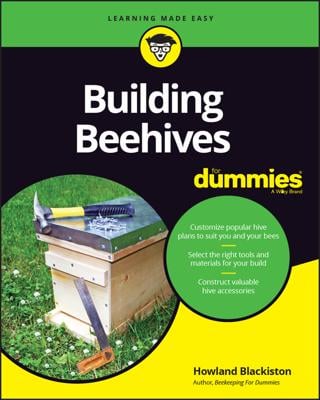-
Observe the “comings and goings” of bees at the entrance. Do things look “normal,” or are bees fighting or stumbling around aimlessly?
-
Smoke the hive (at entrance and under the cover).
-
If you’re using a screened bottom board, check the slide-out tray for varroa mites. Determine if treatment is needed. Clean the tray and replace it.
-
Open the hive. Remove the wall frame and set it aside.
-
Work your way through the remaining frames.
-
Do you see the queen? If not, look for eggs. Finding eggs means that you have a queen. If you are 100% certain there are no eggs (and thus no queen) consider ordering a new queen from your bee supplier.
-
Look at uncapped larvae. Do they look bright white and glistening (that's good) or are they tan or dull (that's bad)?
-
How's the brood pattern? Is it compact (with few empty cells) and does it cover most of the frame? This is excellent.
-
Is the brood pattern spotty (with many empty cells)? Are cappings sunken in or perforated? If yes, you may have a problem.
-
Do you see swarm cells? Provide the colony with more room to expand. Check for adequate ventilation.
-
Always anticipate the colony's growth. Provide additional space by adding honey supers (if you are using a Langstroth hive) or by moving your follower board (if you are using a Top Bar hive). Give them room before it's obvious that the bees need extra space.
-
Replace all frames and close up the hive.

